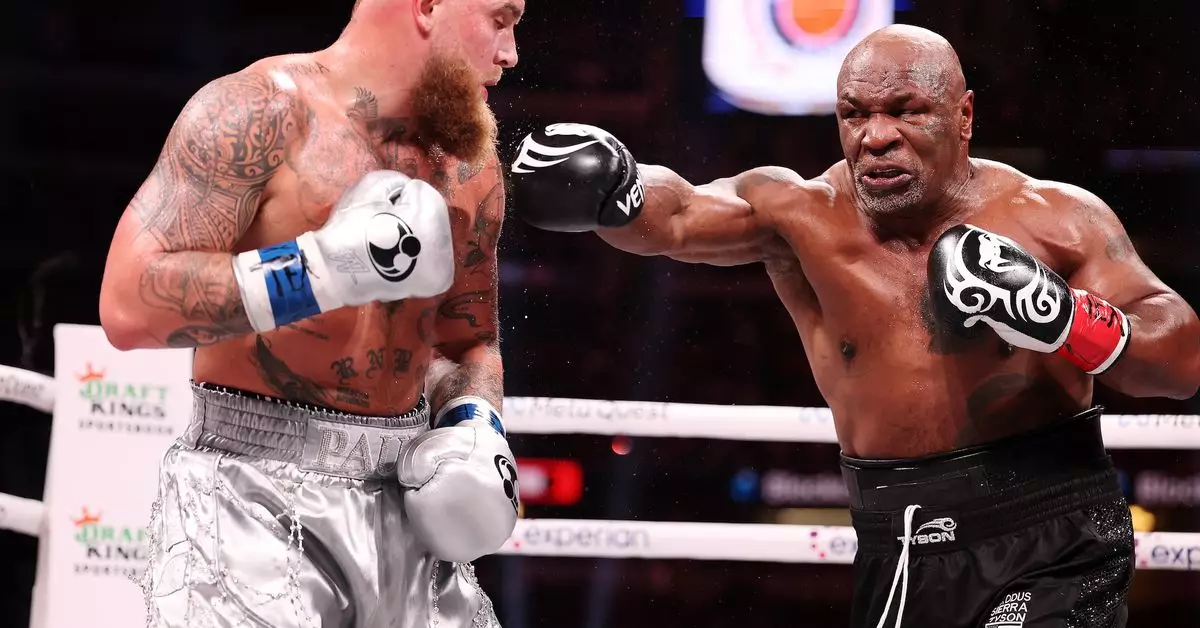In a remarkable demonstration of its service capabilities, Netflix recorded an astonishing 65 million concurrent streams during the highly publicized boxing match between Mike Tyson and Jake Paul. This unprecedented figure reflects the global interest in the event, with data from Most Valuable Promotions indicating that the streams reached around 60 million households worldwide. This intense viewer engagement not only highlights Netflix’s position as a major player in live sports streaming but also sets a new benchmark for digital consumption patterns during significant events.
To put this event into perspective, the viewership for the Tyson vs. Paul match markedly surpassed Netflix’s previous records, including their Christmas Day NFL streams, which garnered only a fraction of this traffic. This colossal turnout underscores a growing trend in how audiences are engaging with live content, suggesting that Netflix may have tapped into a previously untapped market of sports enthusiasts. It also raises questions about the sustainability of streaming platforms during peak events and how they manage widespread spikes in demand.
Despite the impressive viewership numbers, Netflix faced significant technical challenges during the live event. Users flooded social media with complaints regarding streaming quality issues, including problems such as pixelation, buffering, and even complete drops in connection. The strain on Netflix’s infrastructure was evident, as reported by Downdetector, which recorded over 100,000 complaints during the match. This response reveals a crucial aspect of digital streaming; user experience can diminish even when demand is high, indicating a precarious balancing act for platforms like Netflix.
In light of the chaos, Netflix’s Chief Technology Officer, Elizabeth Stone, communicated internally that the company aimed to prioritize stability for the majority of viewers, emphasizing the challenges of accommodating such a massive appetite for live content. While Stone acknowledged the dissatisfaction among some users, her statements reflect a larger acknowledgment of the need for continuous improvement in their service offerings. The situation serves as a learning opportunity for Netflix, shedding light on how they can enhance their streaming capabilities to better handle similar high-demand situations in the future.
This event may signify a turning point in how streaming services approach live events. The dramatic rise in concurrent viewers and the ensuing technical difficulties underline the necessity for platforms to invest in robust infrastructure capable of handling unexpected surges in traffic. As the landscape of digital entertainment continues to evolve, it will be critical for services like Netflix to address these issues proactively. The Tyson vs. Paul match may not just be a snapshot of current capabilities; it may also serve as a wake-up call for streaming giants regarding preparedness, reliability, and ultimately, customer satisfaction in live streaming experiences.


Leave a Reply